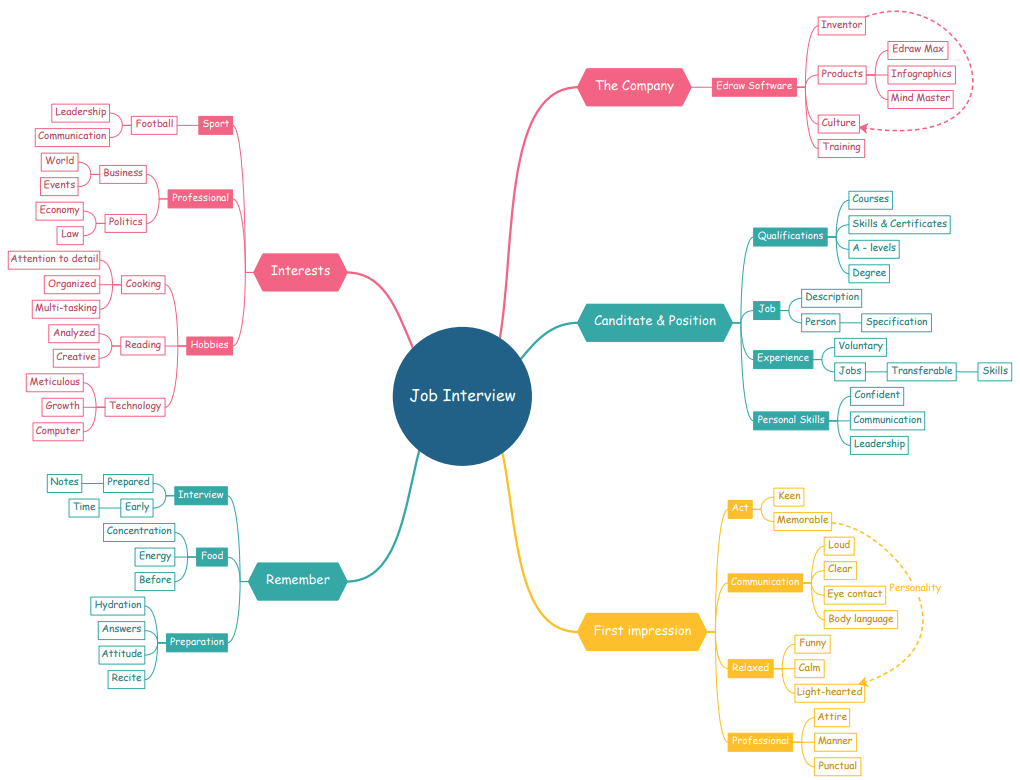What is a Mind Map?
Contents
What is a Mind Map?
In a nutshell, a mind map is a visual tool that helps us understand any concept in a more straightforward manner by breaking it down into dedicated parts. It takes various graphic elements to analyze, explain, and elucidate existing concepts or brainstorm on new ideas.
Therefore, it doesn’t matter if you want to lay a detailed layout of a plan or represent a hierarchical concept; you can do it all with a mind map. Since mind maps are non-linear and don’t follow strict rules, you can use them the way you like. When it comes to using mind maps to visually represent any concept, the sky is the limit. Many people even use different shapes, icons, colors, and vectors to make their mind maps look interesting.
What Does a Mind Map Look Like?
To make proper use of mind maps, you must know what one looks like. Mind maps are generally very simple looking and not at all complicated. However, some components are necessary when making a mind map.
EdrawMind
Full-Featured Mind Mapping Software
- Cross-platforms supported (Windows, Mac, Linux, Web)
- Brainstorming mode and presentation mode
- Group & real-time collaboration
- Main Idea: When drawing a mind map, the most important thing is that you have a specific idea or topic in mind. You cannot make a mind map without the main idea. Once you have a topic in mind, you write it down at the center of your page.
- Subtopic or Keywords: The second component is the subtopic or keywords. Subtopic refers to the details of the main idea. However, since the purpose of the mind map is to summarize information, mostly keywords (single words or phrases instead of sentences) are used.
- Associations: The extension of the central idea, i.e., subtopic and keywords, are known as associations. The words that are directly linked with the main idea are known as first-level associations. After that, second level, third level, and so on, associations are created. However, it is best to make a maximum of only seven associations because our minds can grasp only this many.
- Relationship Arrows: Another valuable component of a mind map is its relationship arrows. These are the lines/arrows that radiate out from the center. You should use curved lines as our brain can distinguish them much more quickly.
- Proximity: Another thing to keep in mind is that words associated with each other should be kept in close proximity. You should not draw the lines so far apart that it seems like unlinked ideas. Instead, they should be close so that they depict an interlink.
- Color and Image: Last but not at all least of the components are the colors and images. Using colors and images can further enhance the visibility of your mind map, making it much easier to read and understand.
These are some of the essential components of a mind map that you must use. However, keep in mind that there are no hard and fast rules for drawing a mind map. So, use your creativity and personalize the mind map as you want.
A Quick History of Mind Maps
Now when you know what a mind map is, let’s quickly consider the history and origin of the concept. It might sound surprising, but the concept of mind maps and brainstorming diagrams has been originated in the early 3rd century. It was first found in the teachings of Aristotle and was even developed by Porphyry of Tyros.
Though, when we talk about the modern implementation of mind maps, the first semantic networks were introduced by Alan M Collins in the 1960s. They were often termed as “concept maps” or “brainstorming maps” back then and were later made popular by Tony Buzan (a British author). Buzan made the term “mind map” extremely popular when he talked about the concept on BBC in 1974 and even released an entire book to explain it.
Tony Buzan and Mind Mapping
Looking at the brilliance and usefulness of mind maps, one wonders who came up with this idea. Tony Buzan is the guy you’re looking for. Tony Buzan was an English writer as well as an educational consultant.
Tony Buzan took inspiration from Leonardo da Vinci, Albert Einstein, and Joseph D. Novak's "Concept Mapping" techniques for the idea of “Mind Maps.”
Traditionalists believed that a reader scans the information from left to right and from top to bottom. However, Buzan argued that the brain's natural preference is to scan the entire page in a non-linear fashion.
Moreover, he used the widespread assumptions about cerebral hemispheres to his advantage and promoted mind maps over other alternatives.
Why Consider Using Mind Maps
Advantages of Using Mind Maps
One of the most important things about mind maps is that they are extremely easy to create and review. Since there are no strict rules for the use of symbols or connectors, you can create a mind map however you like without prior designing or technical experience.
While mind maps might not follow strict rules, it doesn’t mean that they are not visually appealing. That’s why a lot of people include mind maps in their presentations and lectures to instantly get the attention of their audience and elevate the visual appeal of their documents.
Another good thing about mind maps is that they can help us seamlessly break even the most complex topics into smaller chunks. Most mind maps follow a divide-and-conquer approach in which we break a complex topic into smaller segments and further link them to explain the concept.
Are you stuck at something and would like to work together with your team? Then why not work on a mind map together that can help you solve the problem. Not just that, by creating a mind map for any issue, you can also improve your overall productivity.
It has been observed several times that visual aids help in retaining the shared information. For instance, if you are a teacher, then you must consider using mind maps as your students can easily retain the provided details in the long run.
Limitations of Using Mind Maps
Most importantly, mind maps don’t have a specific set of rules or universally followed standards. Too often, this leads to confusion as mind maps created by an individual might not be understood by others so easily.
It has also been observed that mind maps can only depict basic concepts and ideas. When it comes to the explanation of highly complex topics, a mind map might not be too helpful and can even lead to confusion.
Lastly, if you have just started working on mind maps, then it can take a lot of time to understand them or depict anything.
Concept Map vs Mind Map
Since Tony Buzan took inspiration from the "Concept Mapping" technique, let us see how the two techniques differ.
| Concept Maps | Mind Maps |
|---|---|
| Concept maps are used to connect multiple concepts and ideas. | Mind maps focus on a single concept/topic. |
| The concepts are interlinked and have multiple relationships between them. | The associations are not interlinked, and they have a simple one-to-one relationship. |
| Concept maps are used to represent knowledge and to explain relationships between concepts. | Mind maps are used for note-taking, idea generation, brainstorming, organizing ideas, etc. |
| Concept maps have a hierarchical structure. | Mind maps do not have a hierarchical structure. |
| Concept maps are more objective than subjective. | Mind maps are more subjective than objective. |
| Concept mapping requires critical thinking and takes some time. | Mind mapping is a spontaneous process and takes little time. |

When to Use Which?
Since concept maps and mind maps sound like the same thing, you might wonder which one to use. Well, the answer is simple. If you have to discuss multiple interconnected concepts, then concept maps will be suitable for you. On the other hand, if you have a single topic/idea in mind and you're just looking to brainstorm, mind maps are ideal for you. So, depending upon the nature of your requirement, you can choose between concept maps and mind maps.
Happy Mapping!
Diverse Application and Use Cases of Mind Maps
As you can see what a mind map and its advantages are, let’s have a look at the diverse application of the concept in different fields.
This is one of the most popular applications of mind maps as they are extremely diverse and can cover any topic. If you want to teach a new concept to your audience or make the entire process of learning interesting, then you should consider using mind maps.
Mind maps are often used to elaborate complex situations that can help you understand all the vital factors to consider for solving any problem.
If you are a project manager or a team lead, then you can also take the assistance of mind maps to distribute tasks, explain a workflow, and do so much more.
These days, mind maps are also extensively used by trainers to educate dedicated topics to their audience. Ideally, you can create a mind map for any process and explain to your audience how to undertake it.
It doesn’t matter if you want to brainstorm ideas on your own or with a group; you can easily do it with mind maps to achieve your goals.
If you are planning an event or any process, then mind maps would be extremely helpful. You can focus on different aspects of a plan with mind maps and even use color codes to make things more interesting.
Different Types of Mind Maps
Since mind maps don’t follow strict rules, you can draw them in different ways. Though, it has been observed that most mind maps fall under these five categories.
As the name suggests, these mind maps follow a certain flow (from one point to another) in a restricted direction. These diagrams are mostly used to depict a process by covering its different aspects.
These are more advanced than single flow mind maps as they can be distributed into different aspects. You can use these diagrams to explain how a process can have different distributions and triggers.
Most of the mind maps are ideally concept maps in which we explore a central idea by considering different parameters related to it.
These are simpler mind maps that are mostly used to explain the division of a concept, the hierarchy of an organization, and other related topics (represented via branches).
These are non-linear visual maps that are based on dedicated bubbles with all kinds of connections. They are used to show dependencies or even an undistributed flow of work.
How to Create a Mind Map
Create a Hand-Drawn Mind Map
If you choose to make a hand-drawn mind map, a piece of horizontally placed A4 paper would be the best choice. Pick a piece of paper or launch the mind map software, center your central topic on the canvas. Drawing a mind map can be as simple with the following steps.
- Start by writing or drawing a center concept in the middle of a blank page.
- Develop the related main ideas around this central concept, connect each of main ideas to the center with a line.
- Generate sub-branches that stem from the main branches to further expand on ideas and concepts.
- Use different colors, symbols and images to differentiate the branches and sub-topics.
Software for Mind Mapping
Using mind map software helps to improve your mind mapping efficiency and create mind maps in minutes. All you need to do is to type in the content, insert images and attachments with only a few clicks. EdrawMind, as a professional mind map maker, is getting more and more popular for its following features.
- Abundant clip art resources, mind map examples, marks, and customization of themes etc
- Create slides automatically in accordance with the logical distribution of the mind map.
- Support many formats import & export, which enables to share mind maps very convenient.
- Offer 1G cloud storage so that users can not only save and their mind maps but also collaborate with partners anytime and anywhere.
- Support to present a project in hierarchical work breakdown structure, and switch to Gantt view to track task start/end date and progress.
Tips for Making Mind Maps Like a Pro
More and more people are learning the rules and skills of making mind maps and apply them to both work and daily life. Based on my mind mapping experience, the following are some techniques to optimize a mind map.
To create visually stunning and informative mind maps, you can consider the following things in mind:
If you want to come up with an informative and engaging mind map, then start with one central idea and gradually work on it.
The basic principle of mind mapping is that you start from the central idea, develop it, and iterate the process. Keep the concept in mind and you can even create the most complex mind maps in minutes.
If you want to focus on different aspects and points in a single mind map, then consider using different color codes and shapes to make things interesting.
Not just shapes and colors, also consider the overall alignment of your mind maps. Try to come up with precise but accurate textual content that can easily be understood by your audience.
Furthermore, if you want to make your job easier, then consider using an automatic tool like EdrawMind. The application has hundreds of vectors and templates, letting you create mind maps on the go.
Interesting Mind Map Examples
As you can see, creating a mind map can be challenging, but it can also be fun if you use the right tools. Here, you can see a mind map of wedding preparations, which has considered different aspects. For instance, you can check the major preparations for a wedding for different time durations. There are also other details about the planning of the wedding ceremony, guest list, wedding gown, and so much more.
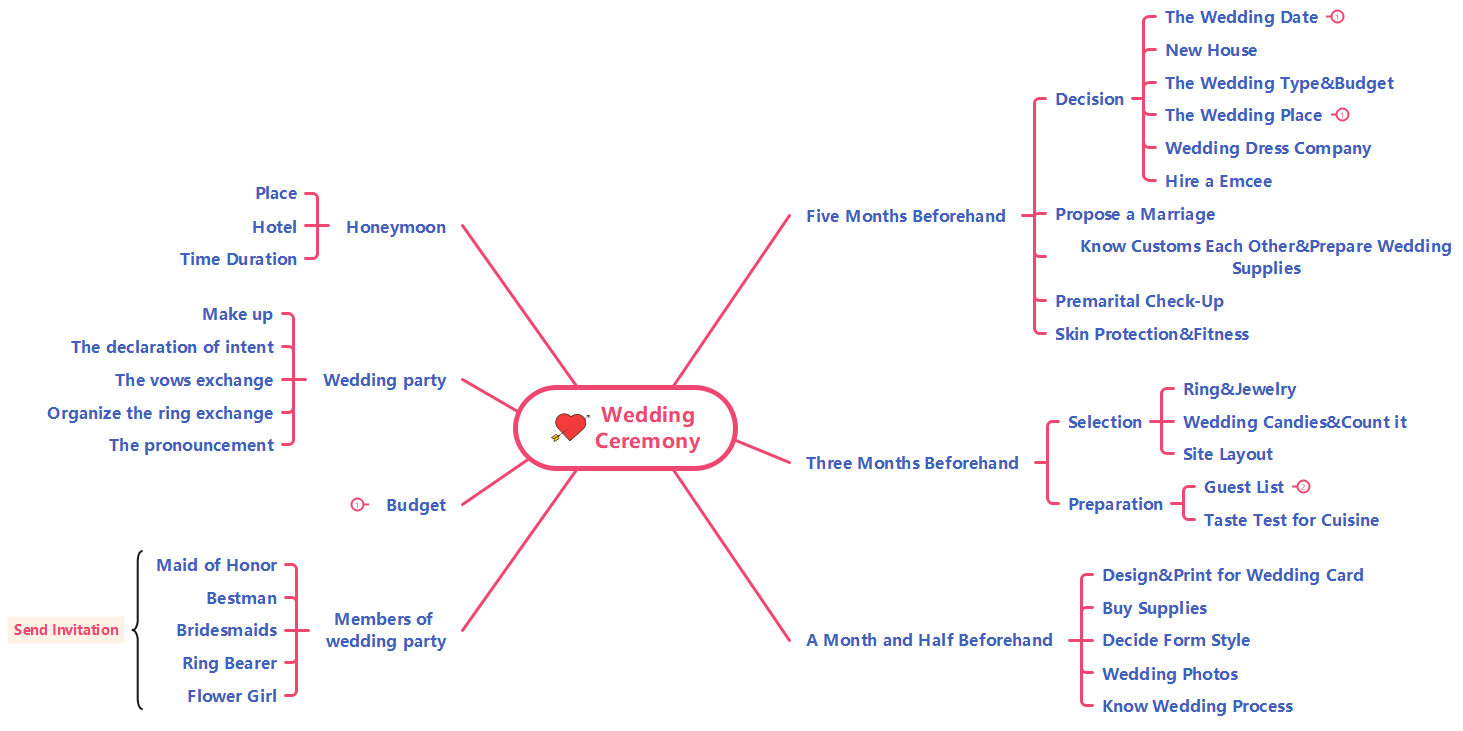
Dozens of mind map templates are readily available to help you clarify thoughts, visualize ideas and boost creativity. Download and use the templates for free if you found some of them suitable. Customize the contents, layout or background to make it personalized. Get inspirations in color and layout from the exquisite mind map templates below.
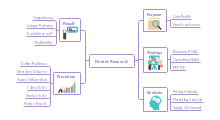
|

|
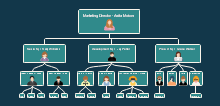
|
| Marketing Mind Map | Finance Mind Map | Management Mind Map |
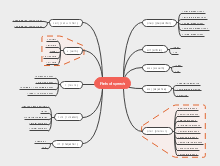
|
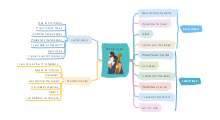
|
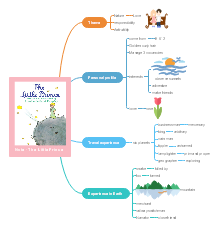
|
| Language Learning Mind Map | History Mind Map | Literature Mind Map |
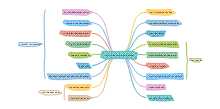
|
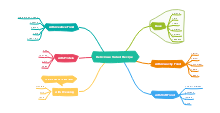
|
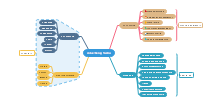
|
| Health Mind Map | Food Mind Map | Media Mind Map |
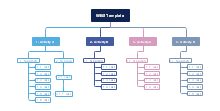
|
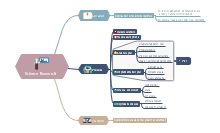
|
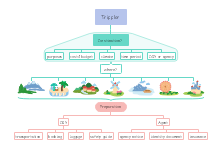
|
| Project Management Mind Map?? | Science Mind Map | Tourism Mind Map |
Use EdrawMind for Mind Map Creation
That’s a wrap, everyone! I’m sure that by now you would be able to understand what is a mind map and its wide range of applications. To help you, I have even listed the major advantages and limitations of mind maps in this post. Besides that, you can also follow these expert tips or use a dedicated tool like EdrawMind to create stunning mind maps in a jiffy.
